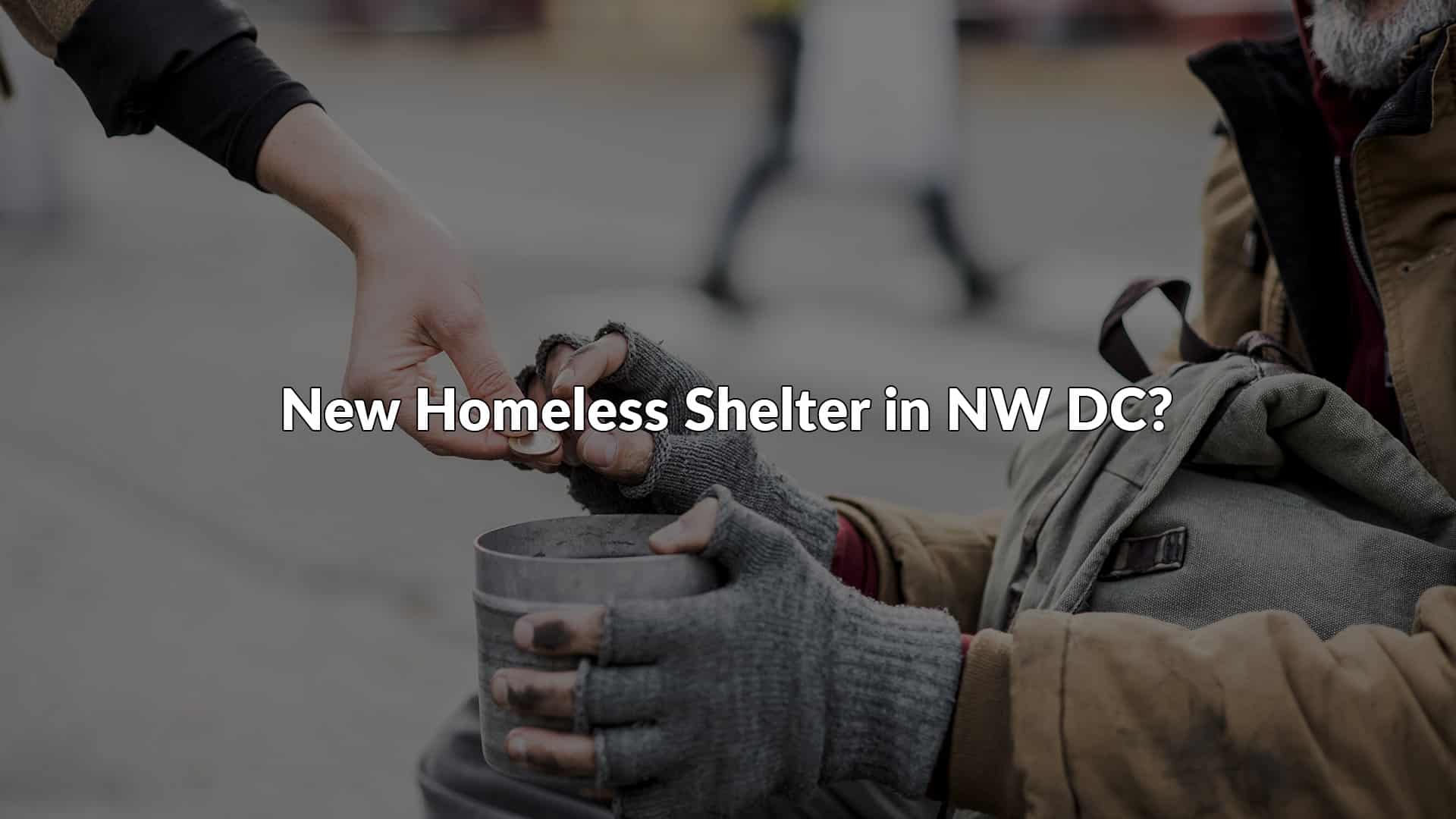By Danielle Baron
Vulnerabilities to all forms of human trafficking can be a consequence of gender-based violence (“GBV”), and common forms of GBV, such as sexual violence and intimate partner violence, are often used as a means of coercion in sex trafficking [1]. As an organization that provides free, trauma-informed legal services and support to survivors of sex trafficking in the DC-metro area, the Amara Legal Center is enthusiastic about the federal government’s recent release of an official plan to end GBV in the United States.
On Thursday, May 25th, the White House launched the U.S. National Plan to End Gender-Based Violence: Strategies for Action [2]. Back in March 2021, on International Women’s Day, President Biden established the White House Gender Policy Council via Executive Order, and tasked it with creating the Plan [3]. Two years later, these preliminary efforts have come to fruition in the establishment of an unprecedented U.S. federal government-wide interdisciplinary approach to preventing and addressing GBV, including sexual violence, intimate partner violence, and stalking [4].
The Plan’s guiding principles [5] inform the work under each of the Plan’s seven strategic pillars: Prevention; Support, Healing, Safety, and Well-Being; Economic Security and Housing Stability; Online Safety; Legal and Justice Systems; Emergency Preparedness and Crisis Response; and Research and Data [6]. These pillars are interconnected and this intersectional Plan will serve to complement the Biden Administration’s implementation of the 2021 White House National Action Plan to Combat Human Trafficking [7]. Both plans recognize prevention as an essential component to eliminating these crimes and emphasize the importance of survivor-centered and trauma-informed legal and social services, however the Plan to Combat Human Trafficking is organized into fewer foundational pillars, namely prevention, protection, prosecution, and partnerships [8].
In addition to releasing the Plan to end GBV itself, the White House hosted a launch event that included two roundtable discussions [9]. In her opening statement at the launch event, Rosie Hidalgo, Special Assistant to President Biden and Senior Advisor on GBV for the White House Gender Policy Council, set the tone with her remarks that “the ripple effects of gender-based violence are felt all over the country” and that GBV is a “public safety and public health crisis.”
The first roundtable consisted of statements from more than a dozen key federal agency representatives [10] to highlight the role of their agencies in advancing and implementing the Plan [11]. For example, Marion Mollegen McFadden with the U.S. Department of Housing and Urban Development shared its mission that “everyone should have a safe place to live,” and that HUD had not only hosted its own GBV roundtable earlier that week, but that it was also leading a study for trafficking survivors’ housing needs, investing in rapid rehousing needs, and had recently released guidance on implementing the Violence Against Women Act [12]. Tommy Beaudreau, Deputy Secretary for the Department of Interior, said that one of the Department’s top priorities is GBV as it affects indigenous people, and that in recent years the Department had established the Missing and Murdered Unit (MMU) to focus on analyzing and solving missing and murdered and human trafficking cases involving American Indians and Alaska Natives [13].
During the second roundtable discussion, we heard from survivors, advocates, service providers, researchers, and organizations, about the importance of taking a whole-of-society approach to end GBV [14]. One young founder of a sexual assault youth support network spoke about the importance of involving survivors – “nothing about us without us.”
Throughout the event, speakers made reference to the Plan’s guiding principles and strategic pillars [15]. Hidalgo stated that the ultimate goal was to do more along the lines of prevention, the first of the seven strategic pillars. The subsequent roundtables highlighted the importance of the guiding principles of promoting federal leadership and coordination across sectors, and centering the voices of survivors, respectively.
Informed through numerous listening sessions, the Plan describes itself as “a framework for federal agencies and other stakeholders working to end [GBV] in the [US]” that “is intended to inform and guide ongoing and additional research, policy development, program planning, and service delivery for federal and nonfederal stakeholders [16].”
As an organization with a strong interest in the matter, Amara commends the Biden Administration’s work on this plan and is honored to fight alongside them as we continue advocating for and representing survivors of sex trafficking in the D.C. area.
###
Danielle Baron, a third-year law student at George Washington University Law School, is currently completing a summer internship with the Amara Legal Center.
[2] Janae Sargent, Launching Thursday: National Plan to End Gender-Based Violence, PREVENT CONNECT (May 22, 2023), https://www.preventconnect.org/2023/05/register-now-national-plan-to-end-gender-based-violence/.
[3] FACT SHEET: Biden-Harris Administration Celebrates First Anniversary of the Establishment of the White House Gender Policy Council, WHITE HOUSE (Mar. 8, 2022), https://www.whitehouse.gov/briefing-room/statements-releases/2022/03/08/ (select the hyperlink for this release).
[4] Exec. Order No. 14020, 86 FR 13797 at 13800 (2021); Release of the National Plan to End Gender-Based Violence: Strategies for Action, WHITE HOUSE GENDER POL’Y COUNCIL (May 25, 2023),
https://www.whitehouse.gov/gpc/briefing-room/2023/05/25/ (select the hyperlink for this blog post).
[5] The Plan’s guiding principles are: Centering the Voices of Survivors; Recognizing GBV as a Form of Gender Discrimination; Adopting an Intersectional Approach; Embracing a Rights-Based Approach; Addressing GBV Through a Public Health, Public Safety, and Life Course Lens; Promoting Federal Leadership and Coordination Across Sectors; Grounding Policies and Programs in Evidence and Research.
[6] Plan to End GBV, supra note 1, at 24.
[7] Id. at 21.
[8] Id. at 5, 25; The National Action Plan to Combat Human Trafficking, at 19, 26, WHITE HOUSE (Dec. 2021).
[9] Sargent, supra note 2.
[10] Representatives from the Department of Health and Human Services, Department of Education, Department of the Interior, Department of Justice, Department of Housing and Urban Development, Department of Labor, Office of Personnel Management, Department of Homeland Security, Department of Defense, Department of Veterans Affairs, Consumer Financial Protection Bureau, Equal Employment Opportunity Commission, Department of State, and the Agency of International Development spoke at the launch event.
[11] Sargent, supra note 2.
[12] HUD Announces New Resources For Advancing Housing Protections For Survivors Of Domestic Violence, Dating Violence, Sexual Assault, And Stalking, U.S. DEP’T OF HOUS. & URB. DEV. (Feb. 1, 2023), https://www.hud.gov/press/press_releases_media_advisories (scroll to “February;” then select the hyperlink for this press release).
[13] About the MMU, U.S. DEP’T OF THE INTERIOR, https://www.bia.gov/mmu/about.
[14] Sargent, supra note 2.
[15] See Plan to End GBV, supra note 1, at 22-23.
[16] Id. at 24.



